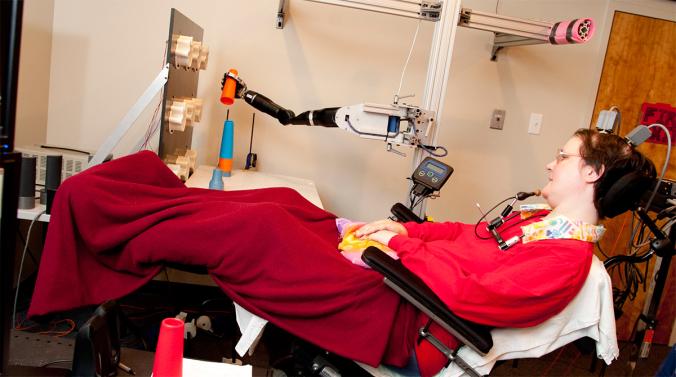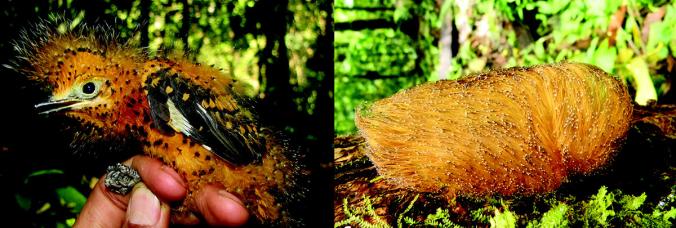The New York Times, December 18, 2014
Each year, scientists publish roughly 17,000 detailed descriptions of newly discovered animals. Recently, in the journal Breviora, researchers described yet another, a new species of lizard called Aspidoscelis neavesi.
At first glance, this seems to be a run-of-the mill lizard: a small, slender creature with spots along its back and a bluish tail. In fact, Aspidoscelis neavesi is quite exceptional. The lizard was produced in the laboratory by mating two other species, and its creation defies conventional ideas about how new species evolve.
The evolution of a new animal species is usually a drawn-out affair.
Continue reading “The Strange Tale of a New Species of Lizard”

